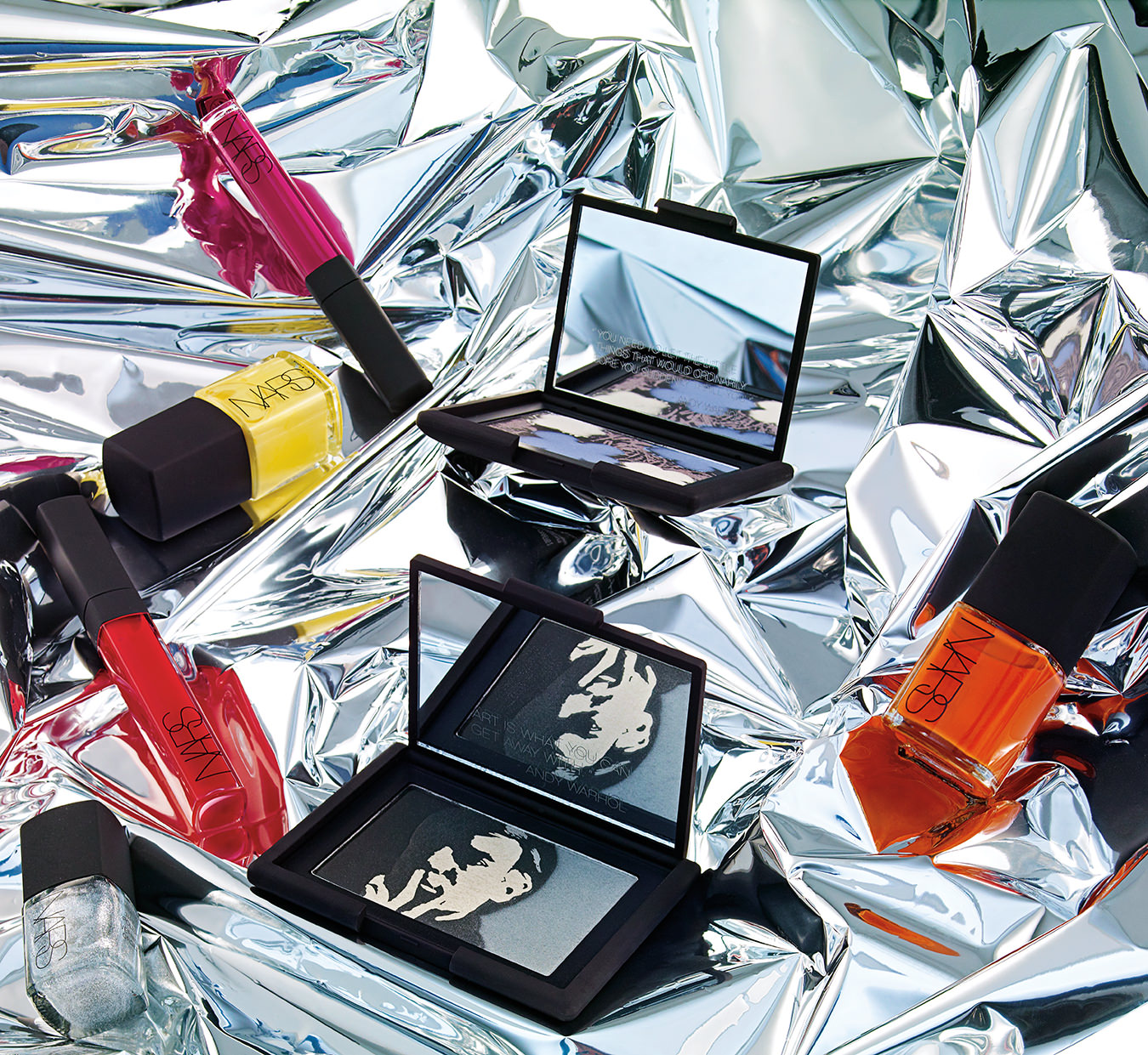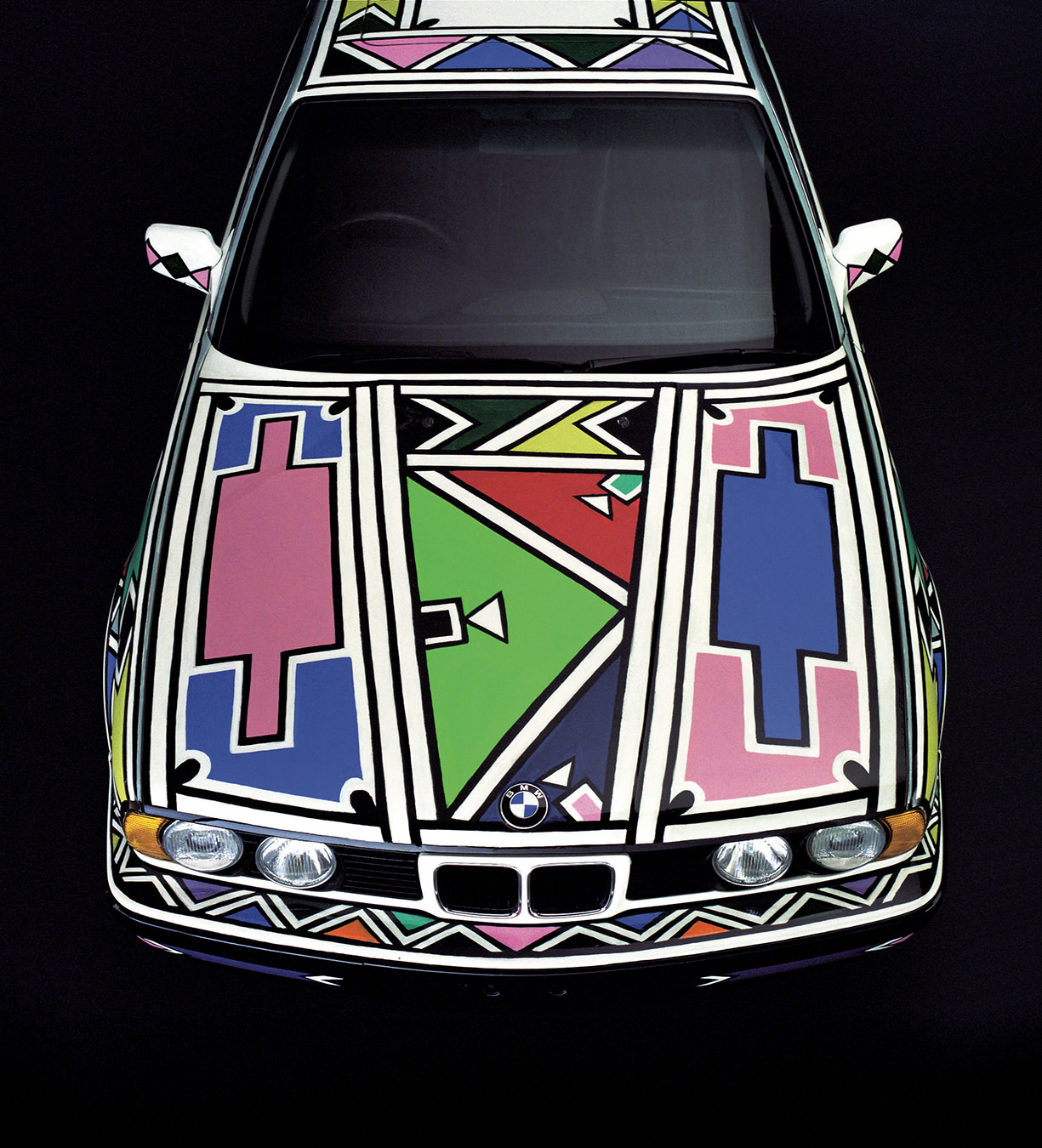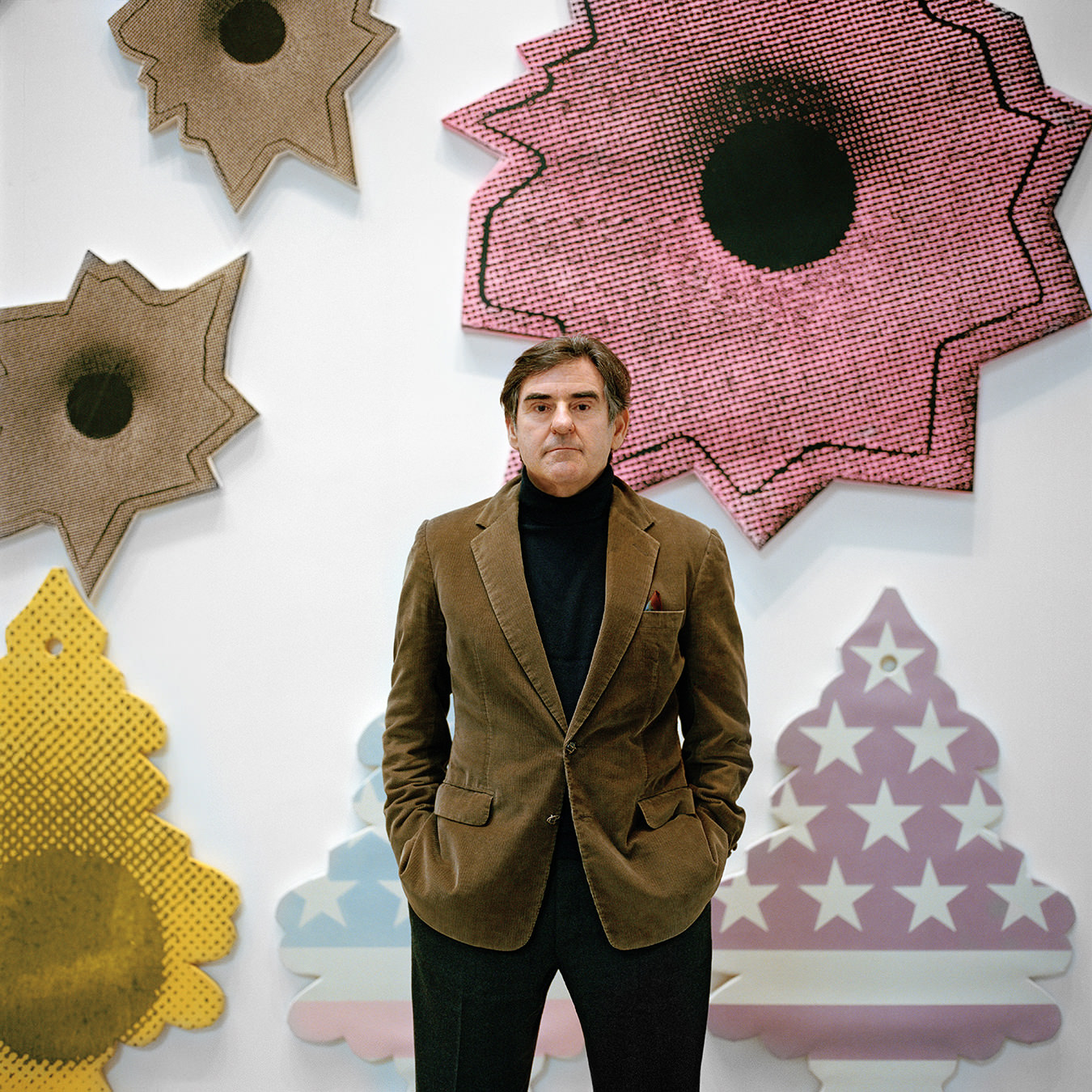-
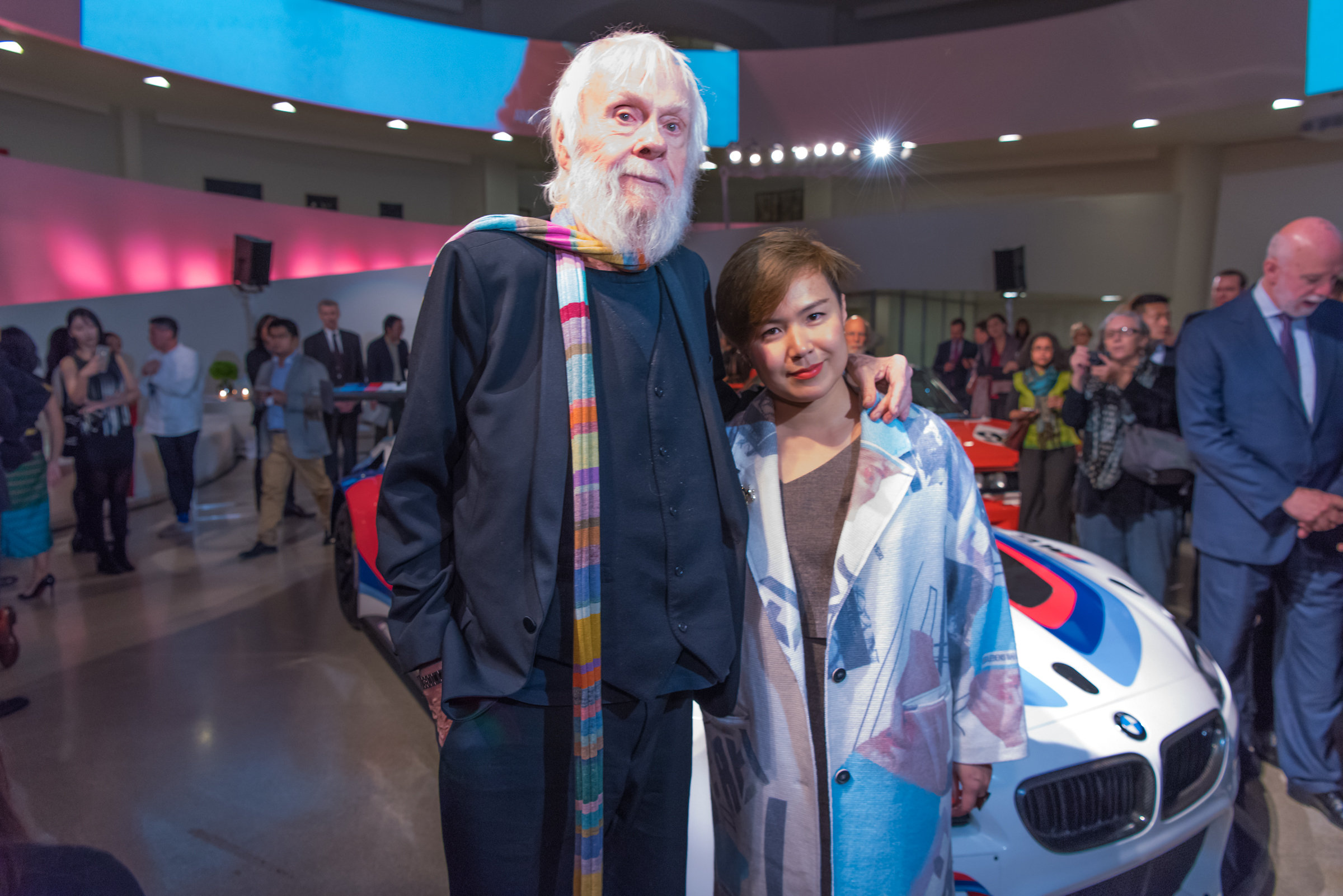
John Baldessari and Cao Fei, the chosen artists of the next BMW Art Cars.
-
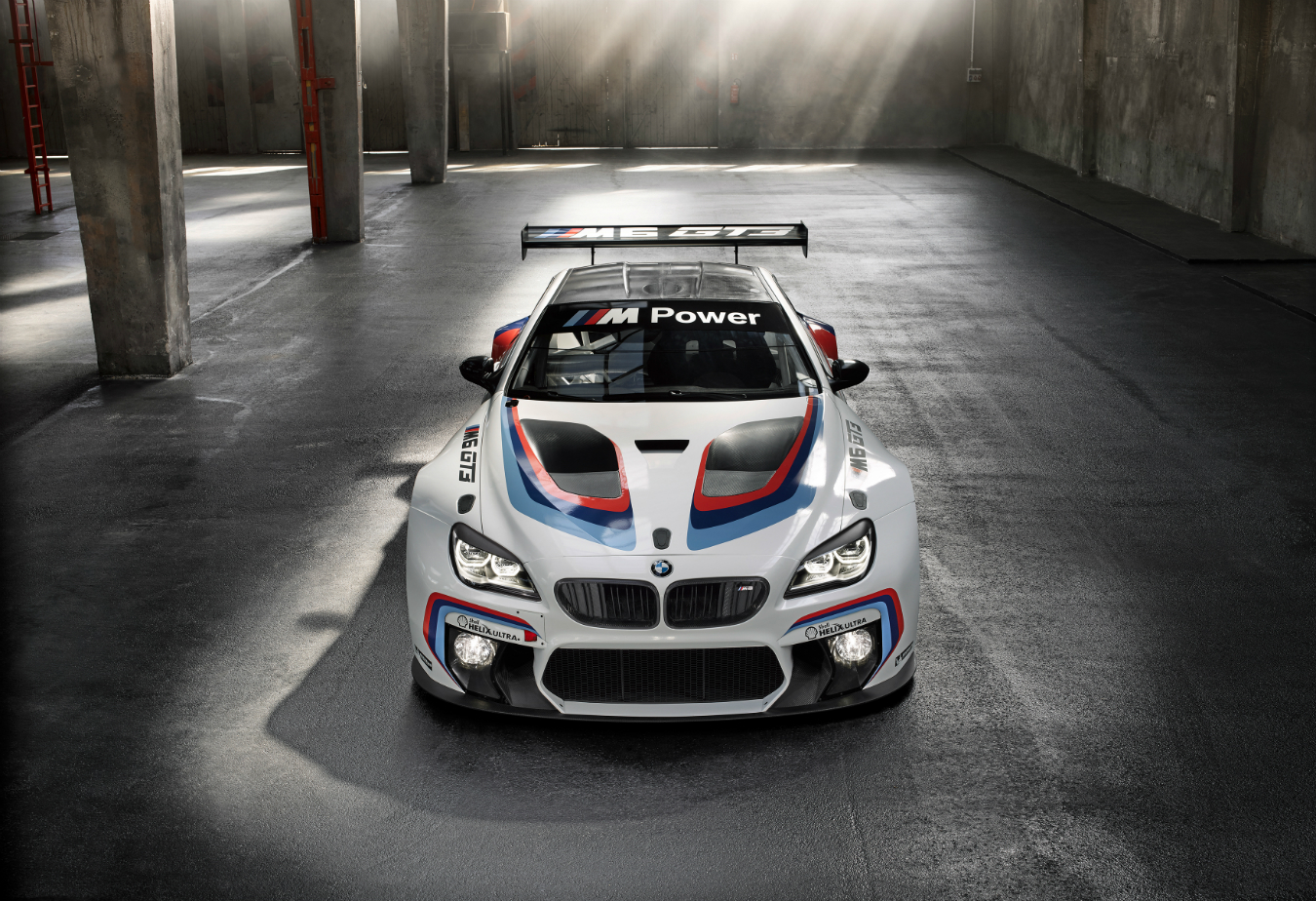
The M6 GT3 will serve as the canvas for BMW Art Cars 18 and 19 by Cao Fei and John Baldessari.
-

BMW’s first Art Car by Alexander Calder, 1975.
-
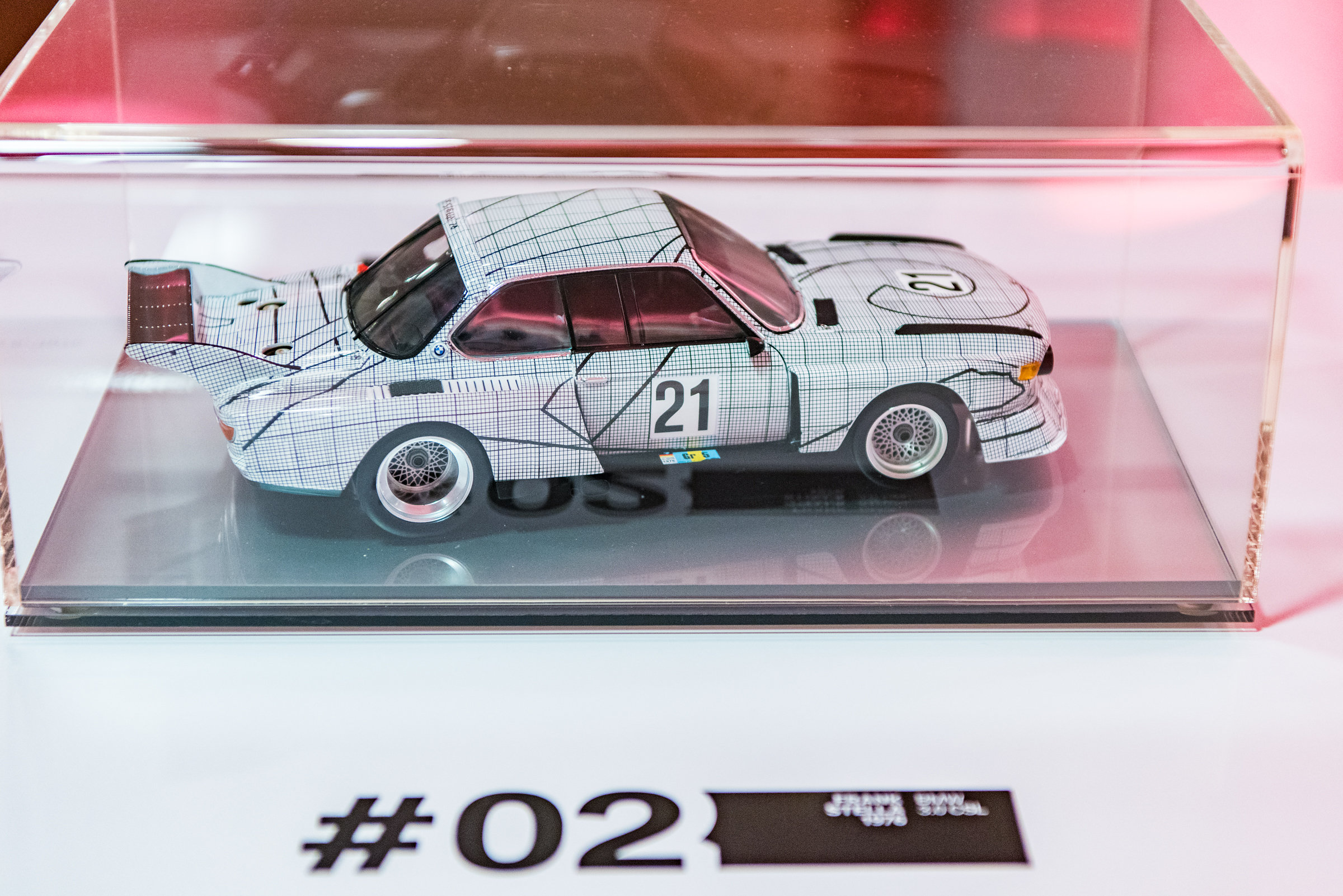
The model of Frank Stella’s BMW Art Car, 1976.
-
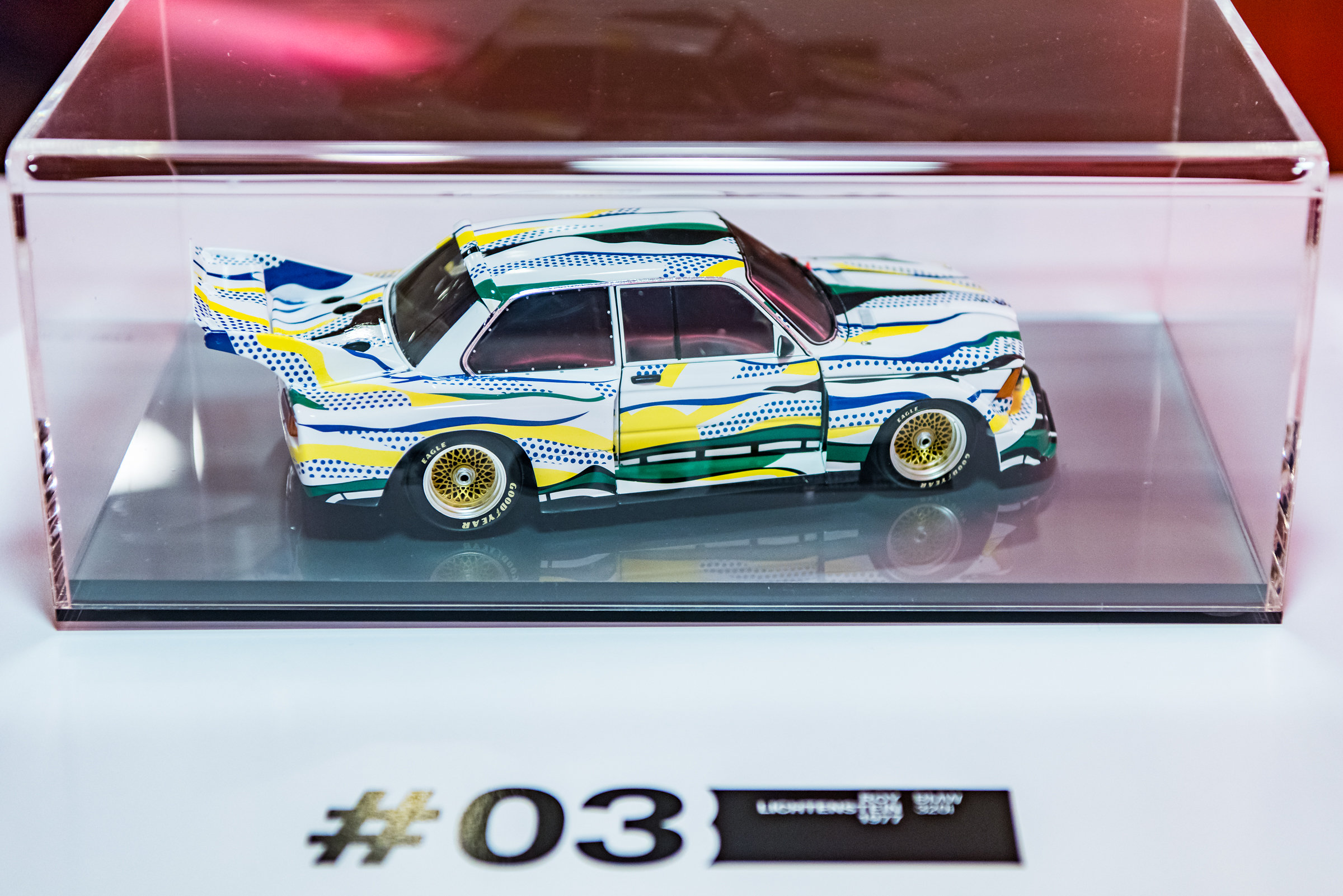
The model of Roy Lichtenstein’s BMW Art Car, 1977.
-
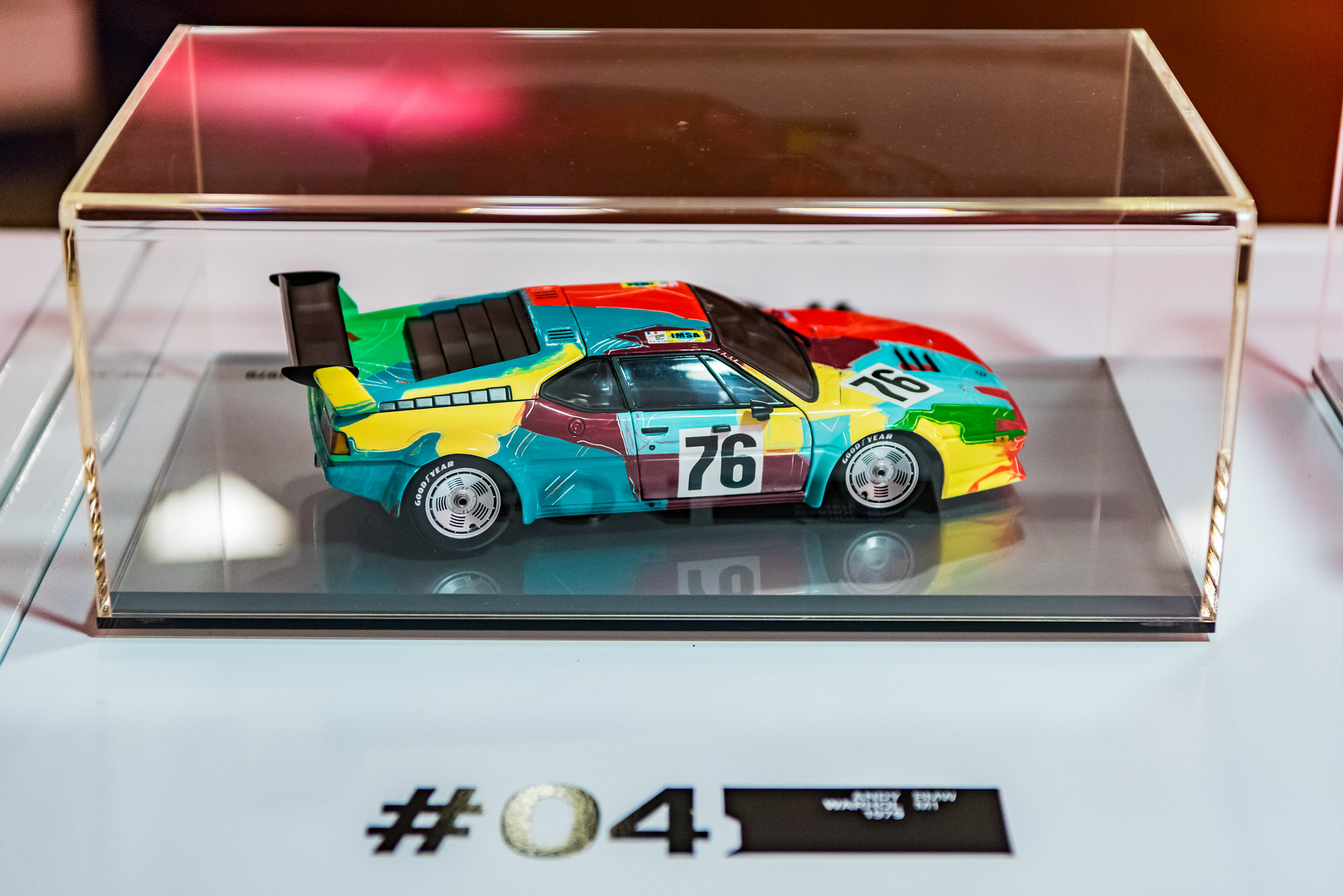
The model of Andy Warhol’s BMW Art Car, 1979.
-
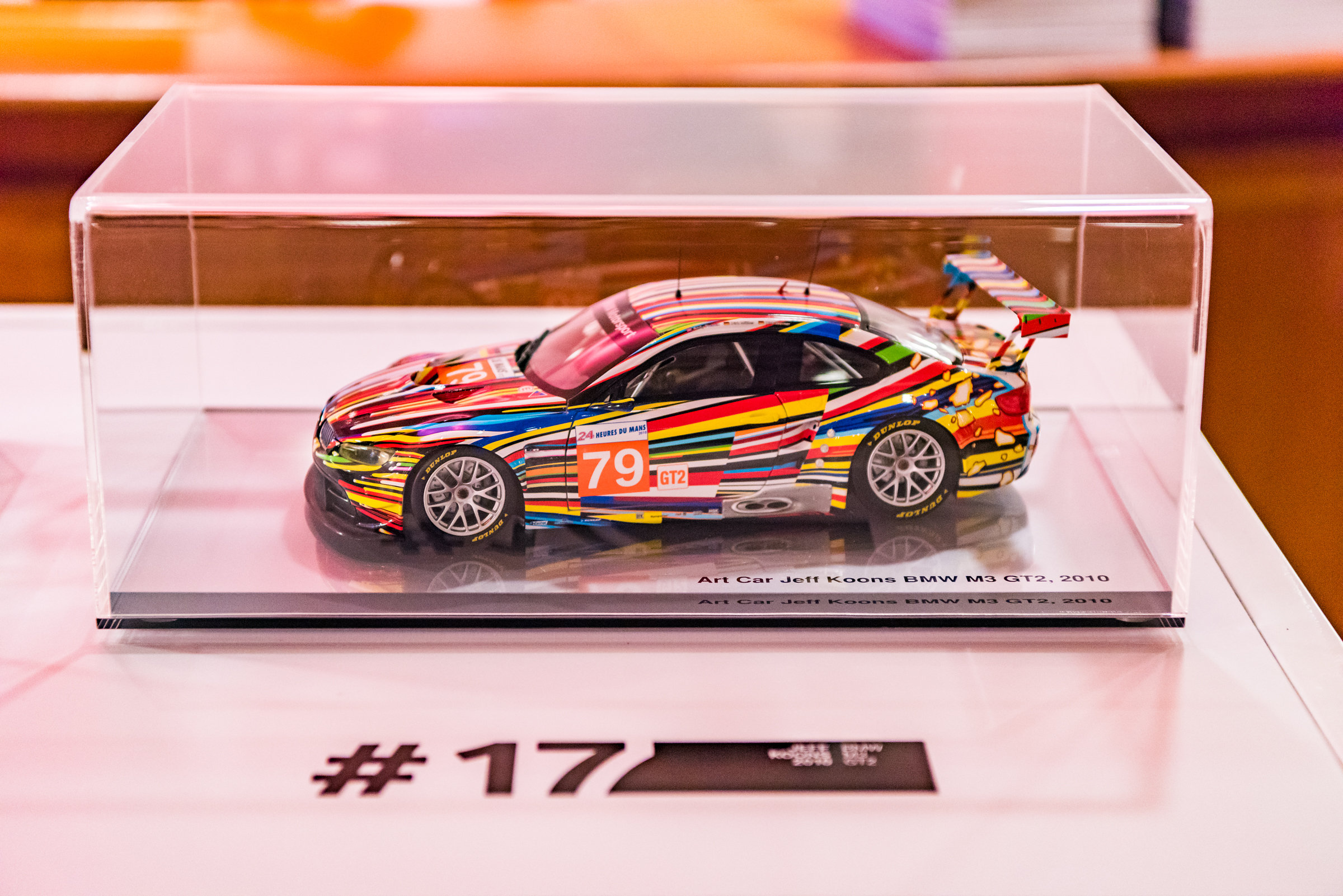
The model of Jeff Koons’s Art Car, 2010.
-
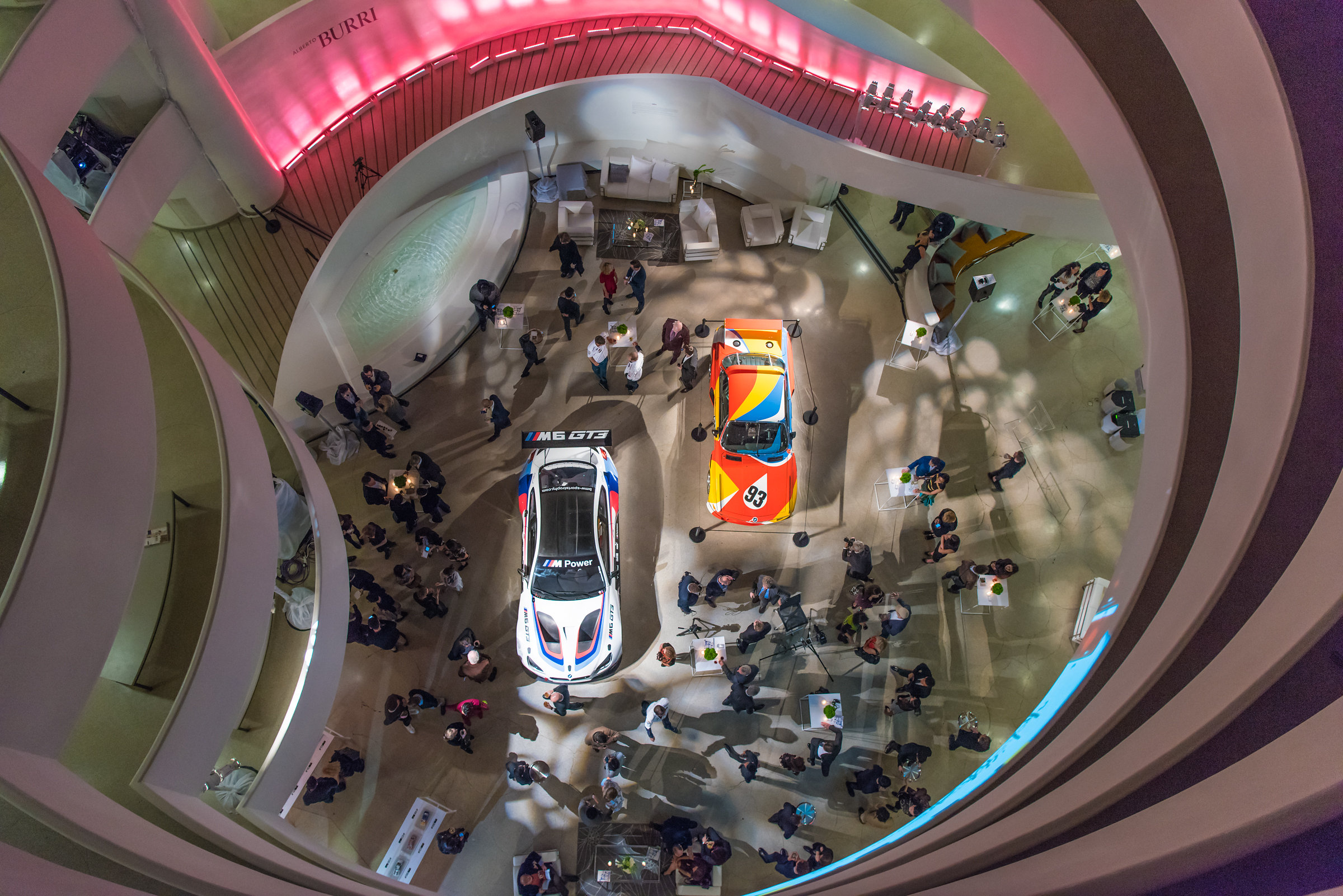
Aerial view of the BMW Art Cars 18 and 19 announcement event at the Guggenheim Museum, New York.
BMW Art Cars
Art on the track.
The first BMW Art Car debuted in June, 1975, conspicuous in the starting lining up for the Le Mans 24-hour race: a 3.0 CSL painted red, yellow, and blue by American artist Alexander Calder. The next art car BMW unveiled was a vehicle designed by Frank Stella, then, one by Roy Lichtenstein. Andy Warhol. Jeff Koons. Jenny Holzer. These collaborations between the worlds of high art and auto design have fascinated spectators for the last 40 years.
As a result of the Art Car series, BMW has had a role in some of the most beautiful cars ever seen on the race track. There are more to come. Now, with a nod to the project’s milestone anniversary, a jury of museum directors and curators—including Solomon R. Guggenheim Museum director Richard Armstrong, Whitney Museum of American Art director Adam D. Weinberg, and Tate Modern director Chris Dercon—have chosen two renowned artists for BMW Art Cars 18 and 19. Chinese artist Cao Fei and American artist John Baldessari will be the youngest and the oldest artists represented in the collection respectively.
BMW Art Cars didn’t come into being because those in the company’s public relations and marketing departments sat around a table thinking, “How do we introduce the brand to the arts?” It came about thanks to the passion of one man: French auctioneer, author, and race car driver Hervé Poulain. It was Poulain who had the idea to suggest his friend, Calder, paint one of his cars. In cooperation with Jochen Neerpasch, BMW’s motorsport director at the time, the first BMW Art Car was born, instantly becoming the darling of the public.
Baldessari and Fei have designs in the works for their art cars. “I am still in the research stage and still working things out in my head,” says Fei, through the use of a translator at the announcement event at the Guggenheim in New York. Freedom of the artists is only limited when it comes to weight and aerodynamics of the M6 GT3, BMW’s latest racing weapon and the canvas for Art Cars 18 and 19. “We want this car to perform well and make it a winner,” says Dr. Thomas Girst, BMW Group head of Cultural Engagement. “We expect to see the cars on the track in 2017.”
There is no standard amount of time it takes to create a BMW Art Car: Olafur Eliasson took three years; Andy Warhol took 28 minutes. “Creating art that exists outside of a museum is important to me,” says Baldessari, “and should be a goal for all artists.” Baldessari’s medium is, above all, the collage and accordingly involves juxtaposing contrasting images. How that translates onto the M6 GT3, we shall see.
Fei’s multimedia projects “explore the lost dreams of the young Chinese generation and their strategies for overcoming and escaping reality,” the artist explains in a personal statement. Her work is a fascinating mix of social commentary, references to Surrealism, and documentary conventions intended “to reflect on the rapid and chaotic changes that are occurring in China.” Ironically, Fei does not drive. “Whatever experience I have with the car is as a passenger,” she says. “But for most projects that I have done, I don’t have to be involved with the object or subject matter I am creating. I mostly work from a viewer’s point of view.”
The BMW Art Cars have been displayed at the Louvre, the Guggenheim Museum, and the Museum of Contemporary Art Shanghai. Their permanent home is the BMW Museum in Munich, where at least one Art Car is on display at a time and where 18 and 19 will take up residence.


